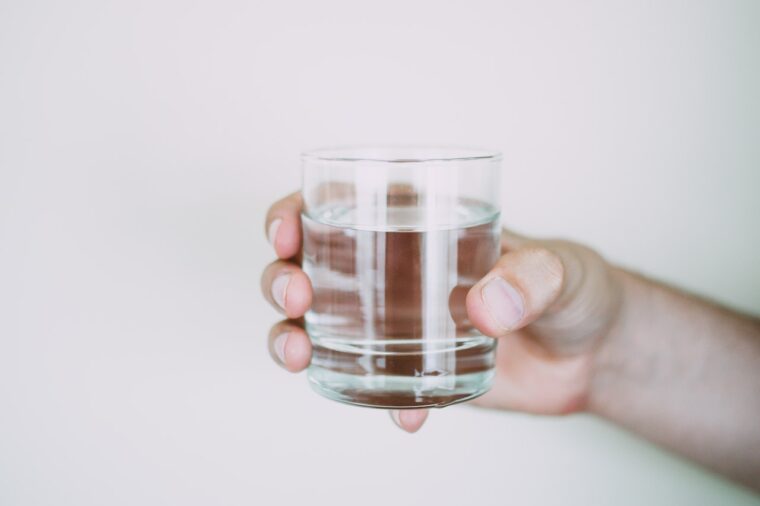The lifestyles of PGA professionals and aspiring golfers are relatively similar because golfers of all ages adhere to comparable diets and fitness regimens.
While reducing sugar and trans fat intake is a well-known health enhancer, golf nutrition programs are not diets. Do you play sports yourself, and are you trying to look and feel better?
Thanks to your well-balanced diet, increased water consumption, and clever timing, you have already made great progress toward giving your body the vital fuel it needs to perform at its best during the golf tournament season. However, here are some other tips and tricks that you can follow.
Top 6 Best Tips For Golfers
1. Eat carbs

About half of a golfer’s daily calories should come from whole-grain carbohydrates. This includes foods like oatmeal, brown rice, sweet potatoes, and other whole-grain, fiber-rich foods like fruits and vegetables.
Carbohydrates are the body’s preferred source of fuel, so if you don’t consume enough of the right sorts, you’ll quickly become exhausted and unable to perform any useful tasks.
80 calories can be obtained from eating an apple with 20 g of carbohydrates.
Everyone has a different calorie need each day that is influenced by factors such as gender, activity level, and metabolic rate.
The FDA recommends anywhere from 1,600 to 2,800 milligrams per kilogram of body weight, depending on varying factors.
Example: a golfer needs 2200 calories per day, 1100 of which should come from whole grain carbohydrates.
2. Protein is key
As mentioned above, a round of golf can be a terrific method to burn some calories and shed some pounds.
Your body can be prepared to keep its energy levels steady for a number of hours with a balanced meal that contains protein, moderate amounts of carbs, and moderate amounts of fat.
Before a game, eating protein increases the likelihood that your body would spare your muscles rather than use them as a source of fuel.
If the meal you just ate isn’t enough, your body should turn to its fat and glucose stores rather than using its own muscle tissue as fuel.
In addition, you should try to eat some protein when you arrive home since you worked your muscles during the round.
If you do this, the discomfort the next day won’t be as intense.
3. Include some fats (the right kind)

The objective is to eat more foods that are rich in monounsaturated and polyunsaturated fats.
Healthy fats can be found in foods like avocados, olive and peanut oils, almonds, and cold water fish, all of which should be included in a golfer’s daily diet. As a backup energy source, lipids are used when carbs are in short supply.
Olive oil, avocados, almonds, seeds, peanut butter, and salmon all contain healthy monounsaturated and polyunsaturated fats that your body tends to love.
Processed foods like a Big Mac include trans fats, which are bad for golf, or your overall health. You should also know that one gram of fat has nine calories. Fat accounts for 25–30% of an athlete’s overall caloric intake.
4. Snacks when working out
Remaining energized during the contest is a must-do step, no matter if you are a pro or recreational player. Make sure that you keep eating since after four to five hours in the sun, the energy from your pre-round feed will be gone. You can always try to make a pause every four or five holes to have a quick bite of your favorite healthy snack. You can aim for almonds, almond butter, and light protein bars as a quick resource of energy. Go for foods that you actually enjoy, and that your body thrives off.
5. Fluid drinks

How much water do you consume on a daily?
Extreme heat stress can be made worse by not drinking enough water.
Because golf is essentially a game of talent and requires a high level of focus to be maintained for several hours or more, players must drink enough fluid to maintain optimal hydration levels.
Player size, gender, length of play, and environmental conditions all have a substantial impact on the amount of fluid needed.
Maintaining proper hydration on the course is essential for optimal performance in both competition and practice or training rounds.
Drinks taste better when refrigerated, so keep them in your golf bag on the way to the course. This does depend and vary, but one thing is certain – high temperatures usually necessitate more fluids to maintain comfort. Sports drinks, also known as electrolyte replacement solutions, are useful since they restore fluids, electrolytes for hydration, and some carbohydrates to top off energy/fuel needs. They are your right direction to victory.
6. Drink a lot of water
Water is sometimes neglected as an essential component of a golfer’s diet despite being the one item the body absolutely requires to function.
A key aspect of golf is remembering to stay hydrated by drinking water.
Staying hydrated is vital for golfers, especially during the warmer months when the sport is more pleasurable, but also when the heat can get unbearable. Golfers lose water through sweat, breathing, and excretion via the kidneys and intestines.
Athletes like golfers lose more water during exercise due to perspiration and respiration.
Replacing lost fluids is crucial since even slight dehydration can cause fatigue and confusion.
If water loss from the body reaches potentially dangerous levels, it can be fatal.
Where can you enjoy golf?
After reading this article you may want to enjoy your spare time playing, right? This is why you have to find a service that suits you, and also go out on a field that’s been checked out and reviewed. This is why we believe that you should check out golfscape, and find a destination that you like. You can enjoy all the club facilities, such as a golf shop, dining, locker rooms, golf carts, private lessons, drinks, and many many more. If you have any qusstions just get in touch. Fun is guaranteed.
